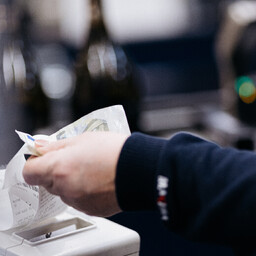Starting Tuesday, VAT in Estonia will be 24%. Previously, it was 22%. This change affects all goods and services.
The VAT increase will most affect grocery stores. Food prices have already risen this year. Now prices will rise even more. Sales volumes have declined.
The fuel excise tax will also increase by five percent. This means that fuel will become more expensive.
LHV economic analyst Triinu Tapver says that the VAT increase will most affect food prices. The food sector has not shown good results so far.
The VAT increase will also accelerate inflation. On average, price increases in stores should remain around 1.6%. However, life has shown that prices are raised more. For example, LHV Bank forecasts an annual inflation rate of six percent.
According to the Bank of Estonia, the biggest concern for the Estonian economy is the rapid price increase. This year it could be 5.4%.
Bank of Estonia economist Rasmus Kattai said that the biggest concern is the rapidly rising price level. This year it could be around 5.5%. The increase in food prices and tax hikes are causing this.
The VAT increase was decided by the Reform Party, Eesti 200, and the Social Democratic government. It is part of a broad security tax. With this, the state was supposed to collect almost 2.5 billion euros by the end of 2028.
According to the Ministry of Finance's calculations, the VAT increase will bring more money to the state treasury. In 2025, it will be 113 million euros, in 2026 235 million, in 2027 242 million, and in 2028 252 million euros.

